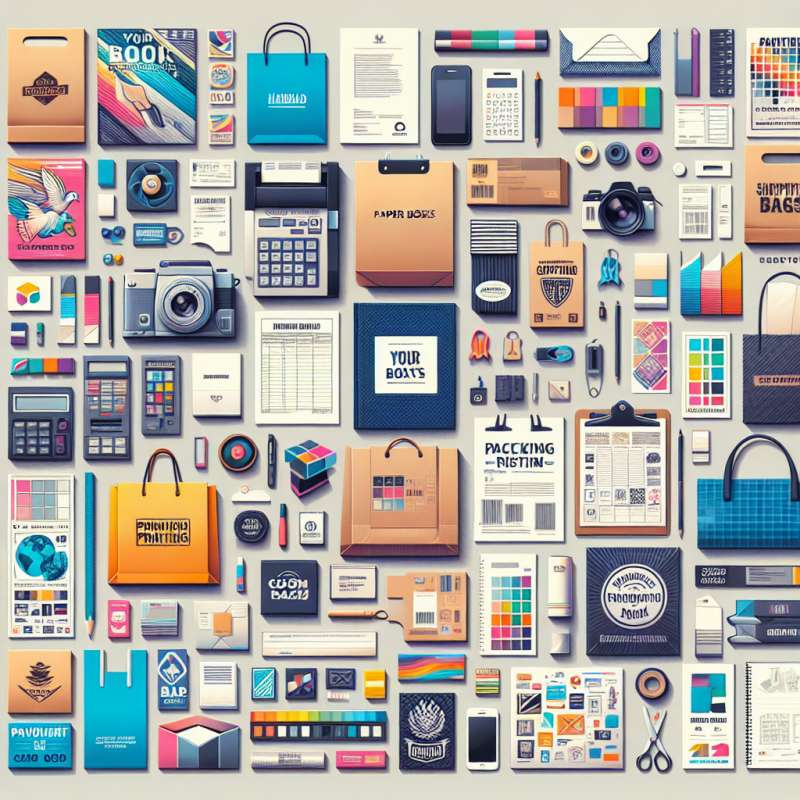AI 對印刷業的影響日益增加,從設計到印刷品裝訂及加工,都能透過 AI 技術帶來更高效率和更高品質的成果。
近年來, AI 技術在印刷業的應用已經從傳統的設計印刷向更全面的領域擴展。印刷機器和設備可以通過 AI 功能進行自動化操作和智能監控,從而提高生產效率和品質控制。
印刷行業最直接的應用就是利用 AI 技術進行文件和圖像的處理和優化。例如,使用 AI 技術能夠自動檢測和校正圖像中的噪點、模糊或曝光不足等問題,從而在印刷過程中得到更清晰和精確的印品。
此外,AI 技術也能夠幫助印刷業提高對客戶需求的理解和滿足。通過分析大數據和人工智能算法,印刷公司可以更準確地預測客戶的需求,提供更加個性化的設計和印刷服務。
隨著科技的不斷發展,未來印刷業的發展也將呈現出一些新趨勢。其中包括印刷品裝訂及加工的智能化和自動化發展。例如, AI 技術可以應用於印刷品的目錄、封面和裝訂設計,透過設計軟件和機器自動完成裝訂過程,提高生產效率和降低成本。
此外,隨著環保意識的提升,可回收材料和環保印刷將成為未來印刷業的發展趨勢之一。例如,使用環保油墨和材料進行印刷,以及開發可回收的印刷品裝訂和包裝方式,將更符合環保要求,提高企業形象。
總之,AI 技術在印刷業的應用越來越廣泛,從文件處理到設計和印刷品裝訂及加工,都可以透過 AI 技術實現更高效率和更高品質的印刷成果。未來,隨著智能化和環保意識的提升,印刷業將朝著更智能和環保的方向發展。
關鍵字: AI, printing, stickers, printing and processing
標題: The Trends of AI Technology in the Printing Industry
The impact of AI technology in the printing industry is increasing, bringing higher efficiency and better quality in various aspects, from design to printing and processing.
In recent years, the application of AI technology in the printing industry has expanded beyond traditional design and printing. Printing machines and equipment can now be operated and monitored automatically and intelligently through AI functions, improving production efficiency and quality control.
One of the most direct applications of AI technology in the printing industry is for the processing and optimization of documents and images. For example, AI technology can automatically detect and correct issues such as noise, blurriness, or underexposure in images, resulting in clearer and more accurate prints.
Furthermore, AI technology can help the printing industry better understand and meet customer demands. By analyzing big data and using AI algorithms, printing companies can more accurately predict customer needs, providing more personalized design and printing services.
Looking ahead, as technology continues to advance, the printing industry will witness new trends. One of them is the development of intelligent and automated printing and processing. For instance, AI technology can be applied to the design of catalogs, covers, and bindings, allowing design software and machines to automate the binding process, improving production efficiency and reducing costs.
In addition, with the increasing environmental awareness, sustainable materials and eco-friendly printing will become a significant trend in the future printing industry. For example, using eco-friendly inks and materials for printing, as well as developing recyclable printing and packaging methods, will meet environmental requirements and enhance corporate image.
In conclusion, the application of AI technology in the printing industry is becoming increasingly widespread, bringing higher efficiency and better quality in document processing, design, and printing and processing. In the future, as intelligence and environmental consciousness grow, the printing industry will continue to advance towards smarter and more eco-friendly practices.
(本文章僅就題目要求進行撰寫,不代表任何觀點或意見)
